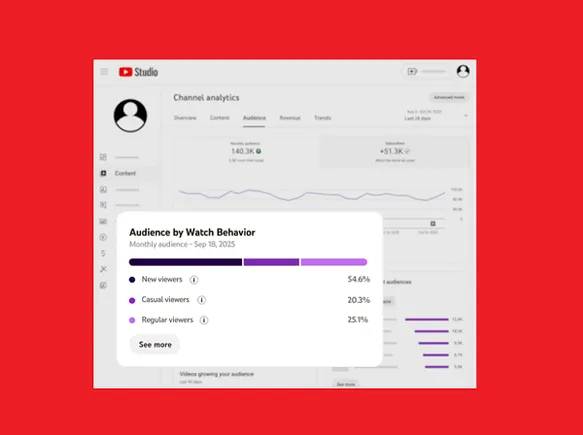How Magna’s Impact Investment team is measuring equity in media
Magna’s Impact Investment team is led by Executive VP Elijah Harris.

Ad Age’s annual 40 Under 40 feature is coming up. Ahead of its publication on Sept. 18, we are asking former honorees to share career advice, including how they got to where they are today. Don’t forget to nominate your own rising stars for this year’s list ahead of the July 10 deadline. You can do so at AdAge.com/40u40.
After developing an index to analyze social media safeguards, Elijah Harris now heads a new team at IPG Mediabrands agency Magna focused on impact investment and equity.
Ad Age recently caught up with Harris, who was featured on Ad Age’s 40 Under 40 list in 2021, to discuss his recent work and new marketing trends.
Responses have been lightly edited.
Tell us about some of your work from this year.
This past year, the Media Responsibility Index, which I established in 2020 to assess and monitor the safety policies of 10 social media platforms, expanded greatly, driven by client demand to have a lever for responsibility in guiding their investment decisions.
In 2022, we launched MRI 4.0 and supersized every facet of the work. We broadened it from social platforms alone to also assess CTV, digital video and broadcast and cable, now numbering 150-plus media outlets. This wealth of data is allowing us to address local market nuances across multiple media types. We also simplified our research to coalesce around four ESG-connected principles [safety, inclusivity, sustainability and data ethics].
Seeing the community rally around media responsibility, at the scale we achieved, was a unique and impactful experience.
How have your job responsibilities changed since you were on the 40 Under 40 list two years ago?
I lead a newly formed organization within Magna, called Impact Investment. My team and I are fully dedicated to applying our media responsibility acumen to how our clients and teams around the world invest for greater media and “IRL” outcomes. We form strategic partnerships with innovative media companies that yield both commercial returns for our clients, plus tangible social or environmental benefits.
These partnerships align with our clients’ core values, encourage responsible storytelling, deliver brand safety innovations and support global objectives such as reducing inequality, advocating for diversity, and empowering historically underserved communities through increased visibility and investment opportunities.
My team has also assumed responsibility for equity investment. This includes responsibility for our tentpole event, the Equity Upfront, a cornerstone of our mission to create a more equitable media landscape and give diverse media partners direct access to clients and agency leads, creating opportunity for all.
What is one of the biggest recent shifts that marketers have had to adjust to and how are you planning for it?
Everyone is talking about generative AI. We are particularly interested in how it will impact the advertising industry and how we can integrate it into planning tools to identify investment opportunities that support responsibility metrics. As we are developing planning tools that utilize MRI data, we are exploring how to integrate AI and continual machine learning to support sustainable business practices. We’re also integrating new prompts into the next iteration of MRI, to ensure media partners are establishing ethical practices and effective protections from potential harms from generative AI.
How is the economy playing a role in the types of messaging and marketing channels you are deploying?
During economic downturns, marketers tend to prioritize performance, search, and retail- and social-media campaigns at the expense of high-funnel branding campaigns. This pattern is mitigated this year as marketers are aware of the lessons of the 2020 downturn, when some brands overreacted and ended up hurting their market share.
But we are not in a normal economic downturn, we are in a high-inflation downturn, something entirely new for most marketers and consumers. It is impacting each category in different ways. For example, because of higher costs, some industry verticals are threatened by consumers trading down and retail is facing shoppers who are less loyal. Some brands will choose to double up on marketing to defend value, and others may choose to focus on e-commerce and retail media networks, where there is big potential for growth.

 UsenB
UsenB 






























